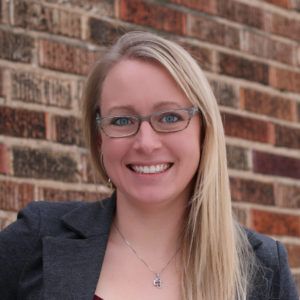
In Michael Horn (@michaelbhorn) and Heather Staker’s (@hstaker) new book “Blended,” blended learning implementation is examined and discussed. As the blended learning movement is exploding, it is natural to have various levels of adoption. Horn and Staker mention that they see various levels of understanding of blended learning as well. The Clayton Christensen Institute for Disruptive Innovation (@ChristensenInst) formally defines typical blended learning models. These definitions remain a valid and solid foundational description of typical blended learning models. In “Blended,” Horn and Staker reflect on how the educational community has defined and re-defined blended learning. They note that the definitions are suffering from a “Goldilocks” syndrome.
Now, we are all familiar with the story of Goldilocks. She was the young girl who stumbled upon a house in the woods. (You know, because all girls wander around alone in the woods.) She went into the house (another safe decision) and, eventually, sat in one chair that was too big, another was too small but settled on one that was just right. Goldilocks’ story applies to the current understanding of and implementation of blended learning throughout the country.
As some define blended learning, they are establishing a “too big” vision of blended learning. This encompasses the defining of any type of EdTech in a building as blended learning. As I was working with a school, a teacher with the very best intentions mentioned to some skeptical staff members that if they were using their “clickers” in class, then they were blending. Her intent was to not scare them away from trying something new, and I understand that need. This definition of blended, however, fits into the “too big” definition. Educational technology in the classroom is often confused with blended learning. Taking a 20-year old worksheet, scanning it and placing it on Edmodo is not blended learning. Neither is playing a YouTube video in class or having your students create a Prezi instead of a poster. Blended learning needs to truly change how students are interacting with and digesting information. Push beyond EdTech to focus on instructional strategies and personalized experiences.
At the other end of the definition spectrum, Horn and Staker note a “too small” vision of blended learning. These are the educators that have one type of blended learning that they like best and really cling to this narrow vision of blended learning. The example that comes to mind is one that you may be thinking of now as well. When a practitioner in the EdTech community talks about blended learning, what is the first thing that comes to your mind? It may be one specific model of a blended classroom, like flipped learning. There was a gentleman in our MACUL (@MACUL) preconference session last week who mentioned he flipped his classes and was looking for the next step. He knew better than to stop learning and growing. It is important for educators to start somewhere but we know better than to stop learning and stop thinking about new models of teaching and learning.
Goldilocks eventually found a chair that was her perfect size.

